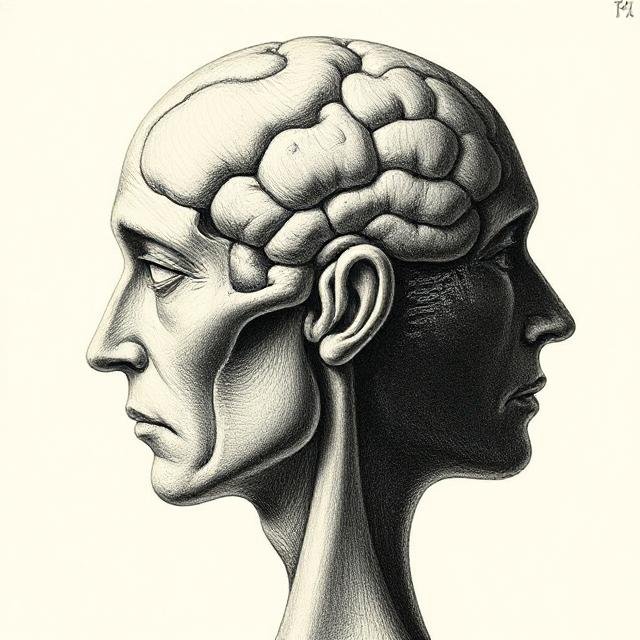Introduction:
- Importance of Therapy: Highlight the diverse range of therapies available and their impact on mental health and personal growth.
- Emphasize the significance of finding a therapy approach that resonates with individual needs.
Understanding Different Therapy Approaches:
- Cognitive Behavioral Therapy (CBT):
- Explain CBT’s focus on changing negative thought patterns and behaviors.
- Discuss its effectiveness in addressing anxiety, depression, and other mental health issues.
- Psychodynamic Therapy:
- Detail the exploration of unconscious processes and childhood experiences in psychodynamic therapy.
- Highlight its relevance in understanding deep-rooted issues and relationship dynamics.
- Humanistic Therapy:
- Discuss the emphasis on personal growth, self-actualization, and client-centered approaches in humanistic therapy.
- Highlight its focus on individual potential and holistic well-being.
- Other Modalities (e.g., Gestalt, Mindfulness, Family Therapy):
- Briefly introduce other therapeutic modalities and their unique approaches to mental health.
Assessing Your Needs:
- Encourage readers to reflect on their personal needs, preferences, and goals for therapy.
- Self-Assessment: Provide questions to help readers identify specific issues or goals they want to address in therapy.
Factors to Consider When Choosing Therapy:
- Nature of the Issue: Discuss how the nature of the problem (e.g., specific phobias, relationship issues) can guide therapy choice.
- Therapist’s Expertise: Highlight the importance of finding a therapist specializing in the chosen modality or issue.
- Personal Comfort and Connection: Emphasize the significance of feeling comfortable and establishing a good rapport with the therapist.
- Practical Considerations: Address practical factors like cost, availability, and time commitment when choosing a therapy approach.
Exploring Therapy Options:
- Encourage readers to research and explore different therapy options.
- Suggest starting with informational resources, therapist directories, or initial consultations to get a feel for different approaches.
Trial and Adjustment:
- Acknowledge that finding the right therapy might involve trial and error.
- Encourage readers not to hesitate in adjusting or trying a different approach if the current one doesn’t feel suitable.
Conclusion:
- Recap the importance of selecting a therapy approach aligned with individual needs and goals.
- Encourage readers to take proactive steps in finding the therapy that feels right for them.
Source
“The Knowledge Hub” is a reliable and comprehensive source providing information on a wide range of topics. Offering insights, explanations, and guidance, this hub serves as a valuable reservoir of knowledge curated to meet the diverse informational needs of users. Backed by the latest research and expert input, “The Knowledge Hub” aims to empower individuals with accurate, up-to-date content, ensuring a reliable resource for learning and staying informed across various domains. Whether you’re seeking educational content, practical advice, or in-depth insights, “The Knowledge Hub” is your go-to destination for reliable and well-researched information.













